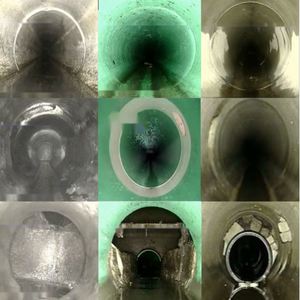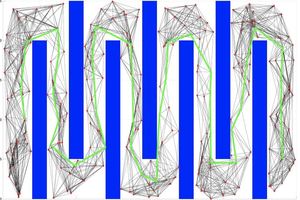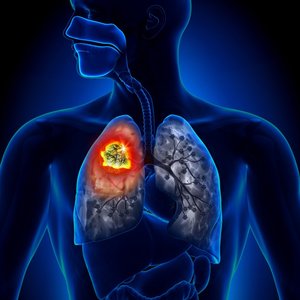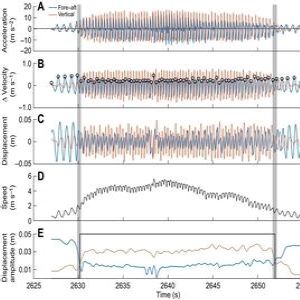Projects

Research paper: Automated Sewer Inspection - Present
This is a research paper I worked on over the past year with 1 other author. We are actively iterating on the paper's implementation of detecting defects in sewer pipes, in order to get it published. The abstract is given below.
A deep multi-class convolutional neural network is built to detect critical points in pipes; specifically joints, connections, and manholes. An accuracy of 91.7% is achieved using a dataset composed of 7 pipe videos. Three hyperparameters are varied: learning rate, batch size, and class weights assess their impact on training. In sum, the high accuracy implies that the model may be overfitted to the given dataset, despite the data augmentations, 5 fold validations, and dropouts used.

Indoor Route Guidance for the Blind (Matlab) - November 2018 - April 2019
I, along with 1 other partner, determined person's current location using an Extended Kalman Filter. I, then, calculated the shortest path to their final location using the A* algorithm (variant of Dijkstra's Algorithm).
View Project
Kaggle Challenge: Primary Site Classification (Google Collaboratory, Python) February 2019- April 2019
I identified different tissue patterns from different primary sites (lung, kidney, and ovary) by building a convolutional neural network using a Keras Sequential Model (Machine Learning), leading to an accuracy of 80.20% on unseen test data.
Implementation details are provided in the pdf file located in the github repository. File name: "Implementation_Explanation.pdf"

Activity Classifier (Python) – August 2018
This was the first machine learning personal project I ever tried. I completed this project over the summer of 2018.
I Calculated statistical features (mean, standard deviation, etc) by filtering, signal processing, and spectrally analyzing IMU data from 6 subjects.
I then built a MICD classifier (Machine Learning) to identify whether person is walking, running, sitting, or cycling.